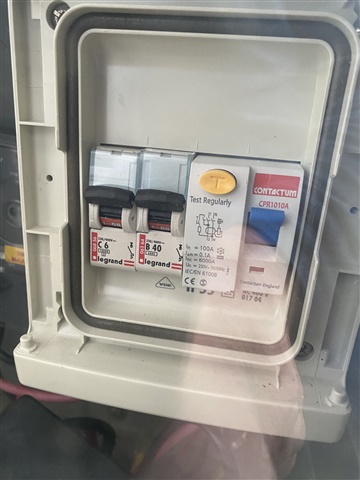Does the fixed connection to a Residential Park Home on a static park home site come under regulation 708.415.1 as in does it need a 30mA RCD at the connection point? In this case there’s a free standing meter box which used to have a 30mA RCD fitted it’s now been replaced with a 100mA RCD as test button had failed on the old one. Reading the scope it is unclear to me as it reads “residential park homes in caravan parks, camping parks and similar locations” so would a static park home site full under similar locations? Obviously they’ve used a different manufacturer as well which doesn’t appear to fit correctly but am more concerned about it being 100mA.
Thanks in advance
Colin


